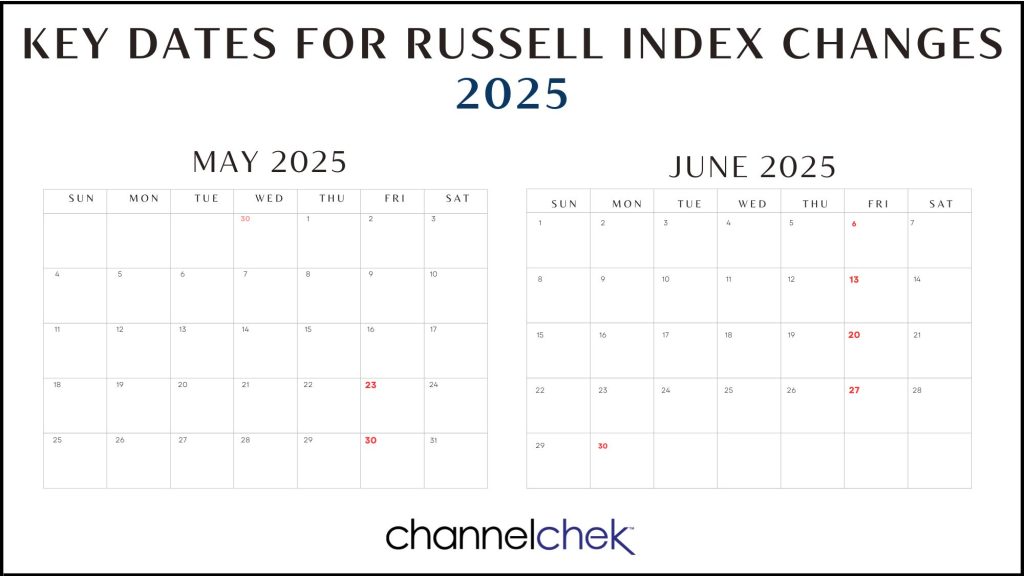| Key Points: – StoneX acquires R.J. O’Brien for $900M, expanding its client base and derivatives footprint. – Deal brings in $766M in annual revenue and $170M in EBITDA, with $100M+ in combined synergies projected. – Signals broader consolidation in fintech and infrastructure, opening opportunities for small-cap innovators. |
StoneX Group Inc. (NASDAQ: SNEX), a diversified financial services firm with a $3 billion market cap, has entered into a definitive agreement to acquire R.J. O’Brien (RJO) — the oldest futures brokerage in the U.S. — for approximately $900 million in a transformative all-cash and stock transaction. The acquisition, announced April 14, significantly strengthens StoneX’s footprint in the global derivatives clearing and execution space, while offering intriguing ripple effects for small- and micro-cap investors active in the financial infrastructure ecosystem.
Under the terms of the deal, StoneX will pay $625 million in cash and issue 3.5 million shares of common stock to complete the acquisition. The company will also assume up to $143 million of RJO’s debt. RJO supports over 75,000 client accounts and maintains one of the largest global networks of introducing brokers, giving StoneX an immediate scale boost and access to nearly 300 new brokerage relationships.
For investors in small-cap financial services and fintech firms, this merger is significant. RJO has long held a unique niche in the derivatives space, especially in commodities, agriculture, and physical hedging markets. While both firms bring over a century of institutional knowledge, RJO’s expertise in traditional futures markets combined with StoneX’s broader capital markets reach and OTC platform suggests a diversified and potentially more competitive offering in a rapidly consolidating sector.
This deal also signals a growing appetite for consolidation in the brokerage and financial infrastructure space — an area where many micro- and small-cap firms operate. For companies building next-generation risk, trading, or clearing technology, StoneX’s deal is a reminder that established firms are actively looking for strategic expansion and complementary capabilities.
From a financial standpoint, RJO brings meaningful value. It generated $766 million in revenue and approximately $170 million in EBITDA in 2024. The deal is expected to drive more than $50 million in operating cost synergies and unlock a similar amount in capital efficiencies. The addition of nearly $6 billion in client float expands StoneX’s balance sheet flexibility and clears a path for future earnings growth.
Notably, the transaction increases StoneX’s cleared listed derivatives volume by approximately 190 million contracts annually. This positions the firm among the top global players in a highly competitive space — one where small-cap disruptors and traditional firms are constantly jostling for relevance in an evolving market landscape.
While the combined company remains a mid-cap name today, its ongoing appetite for integration and diversified revenue streams places it on the radar for long-term investors focused on scalable financial services platforms.
For small-cap investors, the real takeaway is how this deal reinforces the rising value of deep client networks, multi-asset execution, and operational scale — qualities that emerging firms must either build or partner to attain in today’s market.













